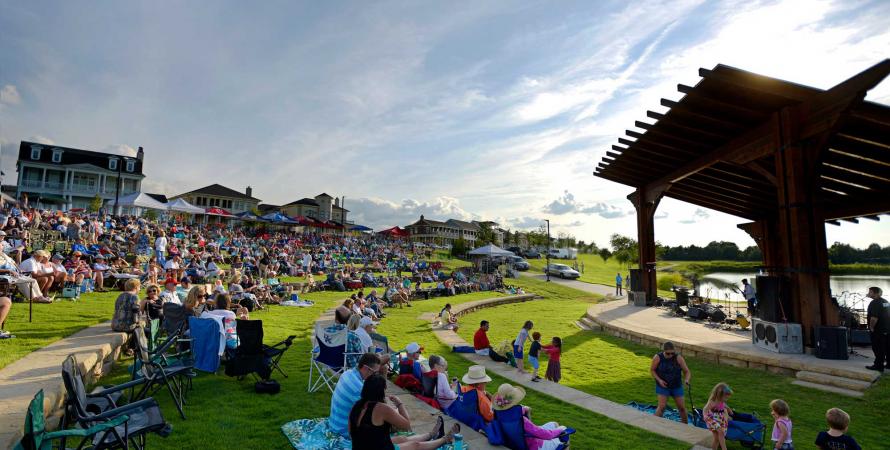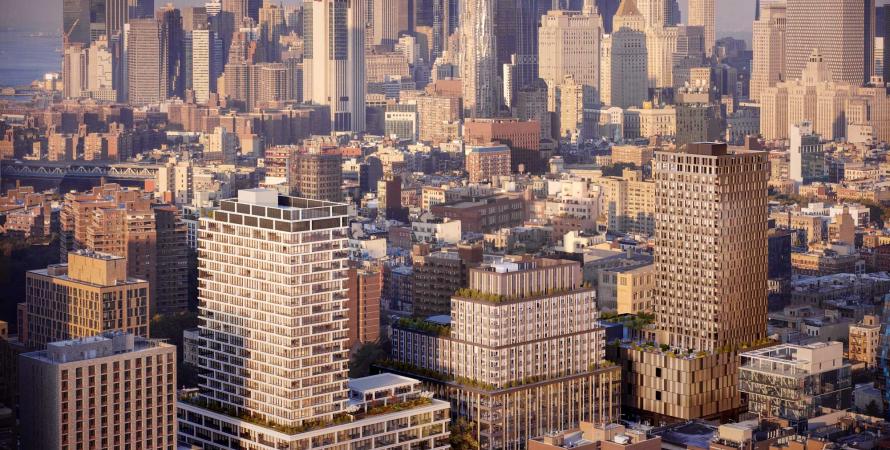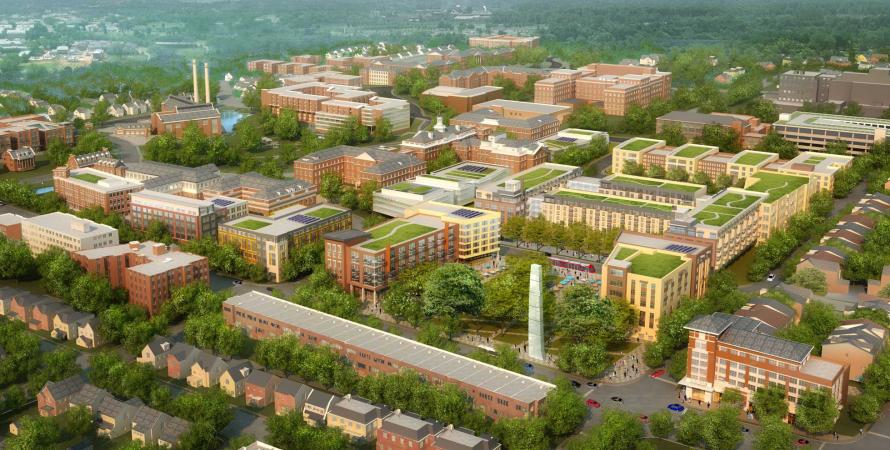-

Celebrating community, creating place
A Charter Award-winning development in Louisville has challenged conventional models of retail and civic space and provided a model for how the city can grow in the pattern of its historic neighborhoods.The historic city of Louisville, Kentucky, (where CNU 27 is taking place this week) consolidated with all of Jefferson County in 2003. In doing so, Louisville took in much of its conventional suburban hinterlands. A new development began construction that year, now inside the city, showing how...Read more -

Saving the culture of one of China’s oldest settlements
A master plan for Shanghai's oldest district prioritizes preservation while allowing for strategic development.China is rapidly losing its historic, human-scale urban fabric. Demolition of historic areas is common, and new development is typically done in block-size increments, sliced apart by wide arterial roads. Old Town is where Shanghai began as a fishing village in the 13th Century, and it retains some...Read more -

Eclectic destination for the Lower East Side
A high-rise development, home to the Essex Street Market, is now providing homes to people who were displaced a half century ago.Located on portions of nine blocks in the heart of Manhattan’s historic Lower East Side, Essex Crossing is rising on six acres that sat mostly vacant since 1967, representing one of the most significant urban renewal projects in the history of New York City. Essex Crossing is now home to more than...Read more -

Sustainable reuse of historic campus
Urbanism and preservation of a historic landscape and medical buildings add up to a unique redevelopment underway in Washington DC.The Parks—Historic Walter Reed is the adaptive reuse and redevelopment of a historically significant medical campus: the primary US Army medical center of the 20th Century, in Washington DC. The campus was originally built with Georgian-style brick buildings on a north-south axis, serving veterans...Read more